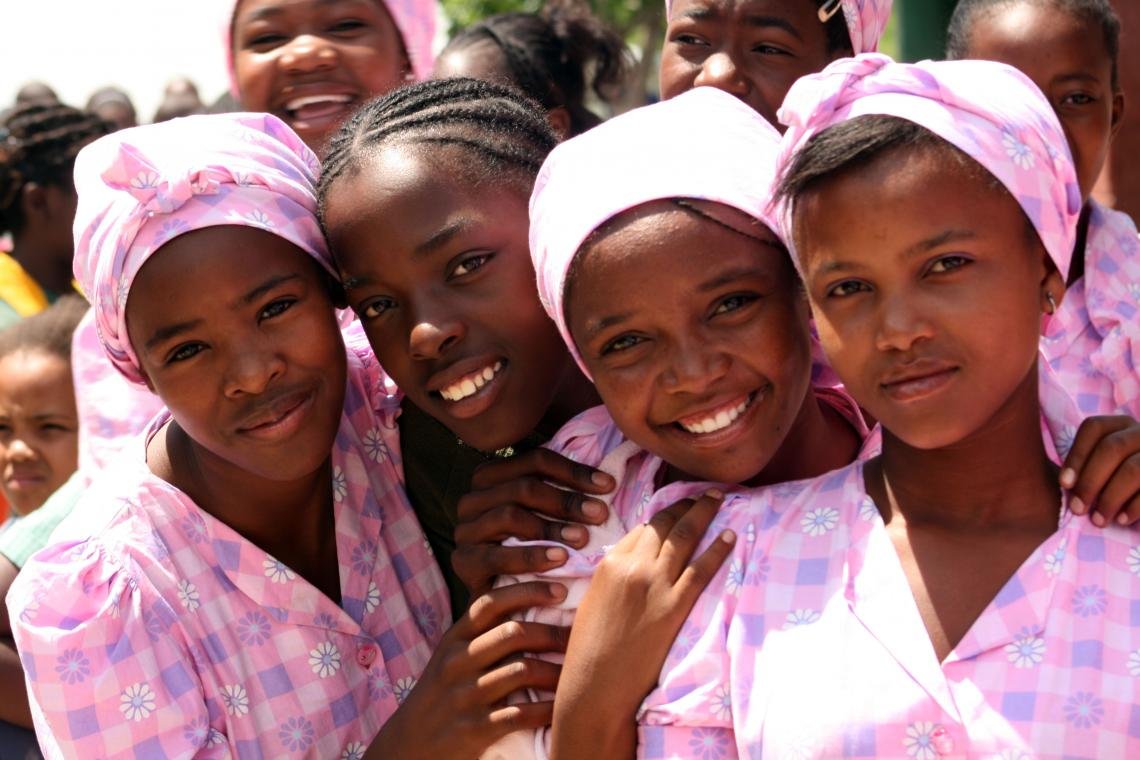Resources
RIATT-ESA and all its members welcome the Global Alliance because it is widely recognized that the global HIV response is failing to meet the needs of children
Beyond the ratifications of international and regional child rights instruments, as well as promulgation of impeccable laws, realization of children’s rights will not be actualized until adequate public resources are availed.
This report is a WFP analysis of the economic and food security implications of the pandemic.
This interim guidance note intends to provide government decision makers, school administrators/staff and partners with preliminary guidance on how to support, transform or adapt school feeding (in the short term) to help safeguard schoolchildren’s food security and nutrition during the COVID-19 pandemic.
This report, which highlights how All In mobilized partners, engaged adolescents and young people and influenced policies and programmes since its launch in 2015.
This research was conducted, by World Vision, between March and April 2020 to explore children and young people’s reflections and perceptions on the COVID-19 outbreak.
This book was a project developed based on a global survey to assess children’s mental health and psychosocial needs during the COVID-19 outbreak.
This document is intended to support non-GBV specialist humanitarian actors to identify COVID-19, GBV-specific risks in their sectors, and take actions to mitigate those risks.
This policy brief outlines the role WFP can play in ensuring social protection systems are inclusive of people living with, at risk of or affected by HIV at the policy, programme and intervention levels.






















